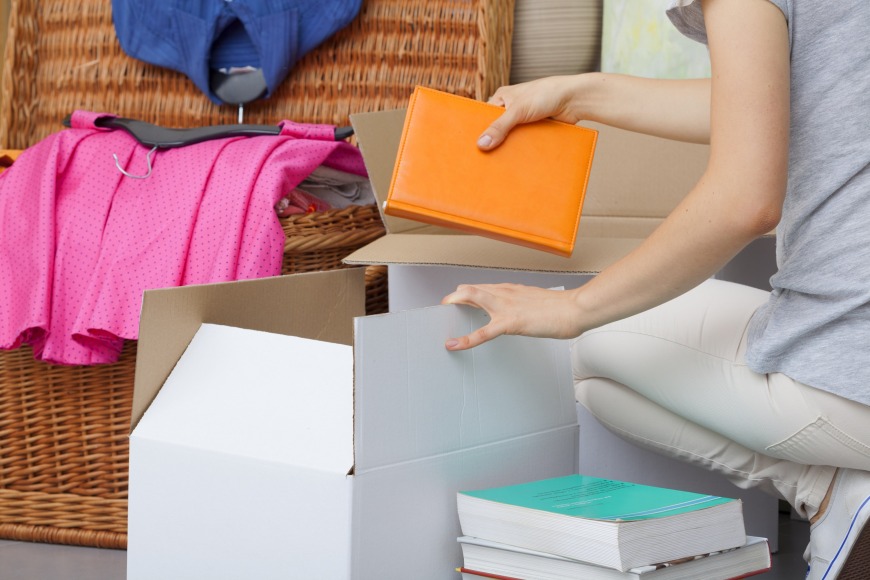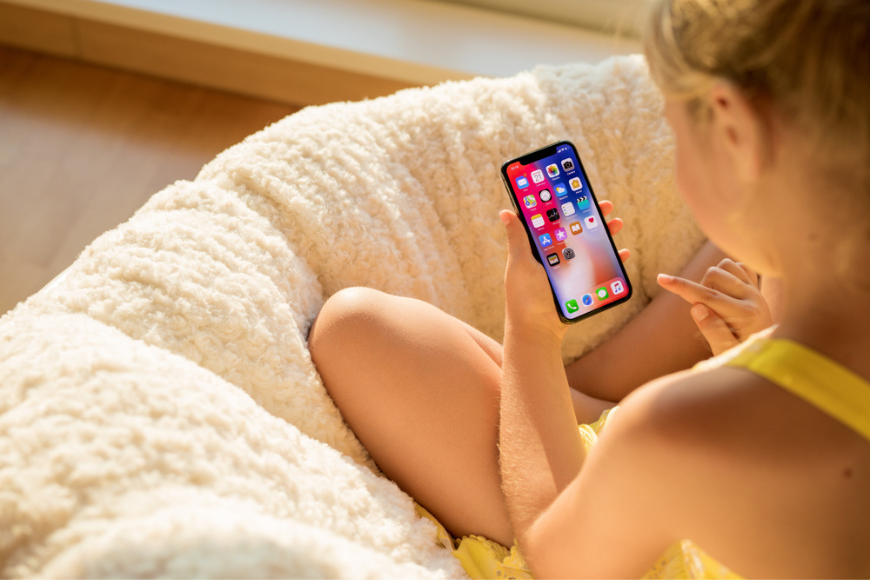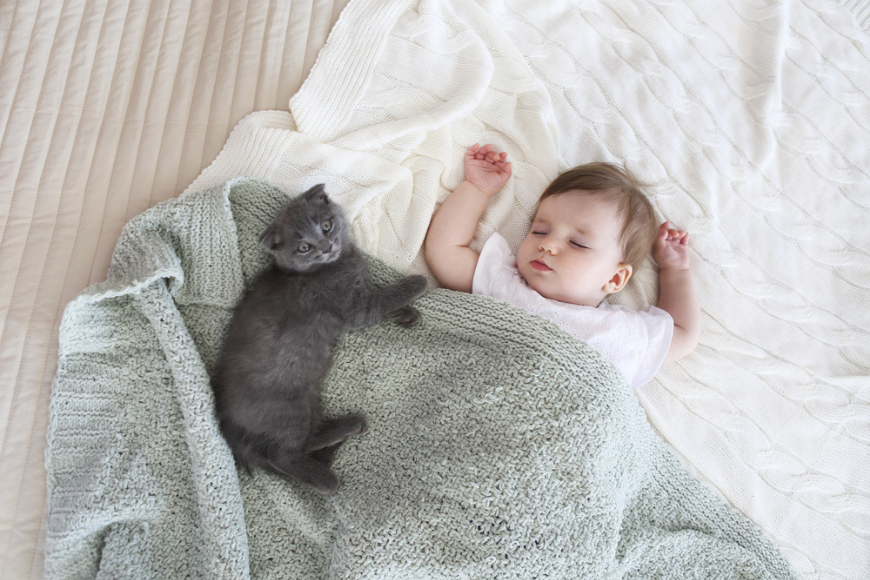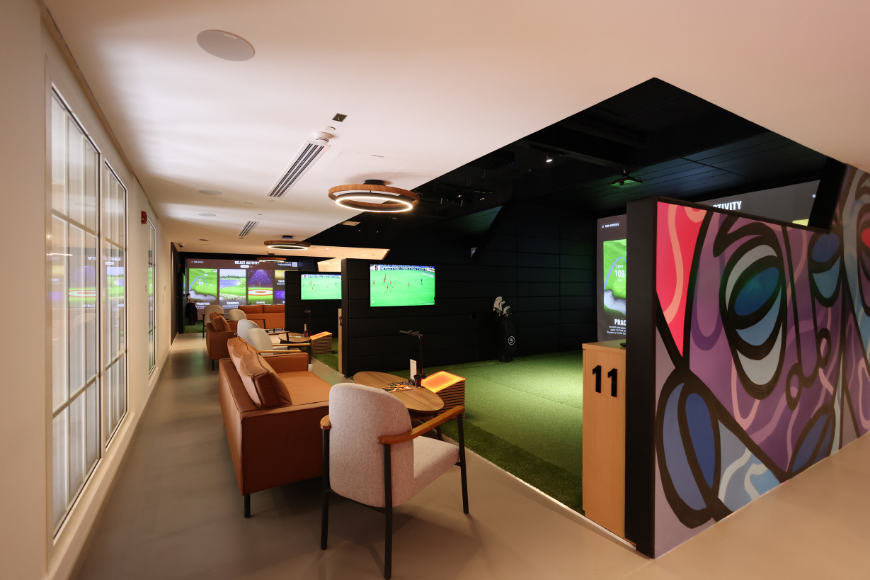Stop the cycle of hoarding and minimise the unwanted junk with these top tech tips.

All Credits: PA
Is your home in need of a good declutter?
Whether it’s the overflowing mound of clothes that have claimed your wardrobe or the garden shed that’s packed to the brim with odds and ends, most of us have an area in our home that could do with decluttering.
According to recent estimates by Help for Hoarders, more than a million people have hoarding issues, with health experts warning that an overly messy space isn’t just embarrassing to live with – it can also aggravate respiratory issues and put you at greater risk of house fires.
As well as being a health hazard, living with excess clutter can have a negative effect on our mental wellbeing too – a survey by lovespace.co.uk found that 80% of people believe their mood is influenced by how tidy their house is, with a clutter-free space promoting feelings of happiness and positivity.
SEE ALSO: 10 Essential Tools Every Householder Should Own
If you’re thinking of attempting a spring clean, thankfully, there’s an app for that – or a virtual assistant at least. We spoke to decluttering expert Helen Sanderson about how you can use home tech like your smartphone and the Google Home Hub to organise, minimise and harmonise your living space.
1. Take photos of important documents and business cards
When it comes to tidying, it can be difficult to know where to begin. “Start by quickly and systematically going through your things,” advises Sanderson. “Place what you want to keep in a ‘keep it pile’ and separate out what you want to ‘weed’.”
During the initial weeding stage, you’ll likely come across piles of papers that you might need to reference in the future. Instead of cramming them into a cupboard, think about filing them in the Cloud instead.

“Things like business cards, addresses and phone numbers can all be stored digitally,” says Sanderson. “Simply snap a photo with your smartphone and pop it into a digital folder” – you can set these up into sub categories like bills, banking and contacts so they’re easy to find in the future.
By doing this, you can shred and recycle physical paperwork and free up the storage space for other items.
2. Go paperless
“Paperwork accumulates fast,” warns Sanderson, “so avoid clutter by switching to paper-free bank and utility statements.”
“The less you have coming in, the more mental space you have for being present and enjoying life.”

4. Tell your home assistant where you’ve placed your important things
“One of the biggest fears people have around decluttering is that you’ll move things around the house and forget where you’ve put them,” says Sanderson.
Her handy tip for making sure you don’t spend days searching for your car keys is telling your home assistant where you’ve placed them. Google Home Hub has a feature where you can ask it to remember the location of things like your passport and driving license, so you’ll never be caught short at the last moment.

6. Set rules for the kids
Most smart home assistants can be set to play reminders. This could be a timed alarm to remind little one’s to make their beds each morning or a gentle note to all the family to take the bins out on collection day.
“Build your ‘organisation muscle’ by setting house rules, not just for kids, but for you too! Make chores easy and front of mind by automatically scheduling your daily tasks and this will support your wellbeing,” says Sanderson.
7. Think you don’t have time to tidy? Check out your screen time

Many smartphones now have a feature which will give you a breakdown of your time spent online.
“If you don’t think you have time to tidy – check out your screen time,” says Sanderson. “More often th
an not you’ll realise you’ve spent a couple of hours browsing Instagram that you could have spent being productive.
“Once the clutter is cleared, it’s not uncommon to uncover seedlings of an aspiration that had been forgotten about, from writing a short story to finally using your art supplies and settling down to paint,” she says.
“Put your phone on ‘do not disturb’ mode so you don’t have any distractions and get to work with clearing and organising – you’ll be amazed at how much you can get done away from your notifications.”




.png?itok=HBSyMDok)









































































.png)


























.png?itok=0fOAXkOm)

























.png?itok=EH_x0Pha)
